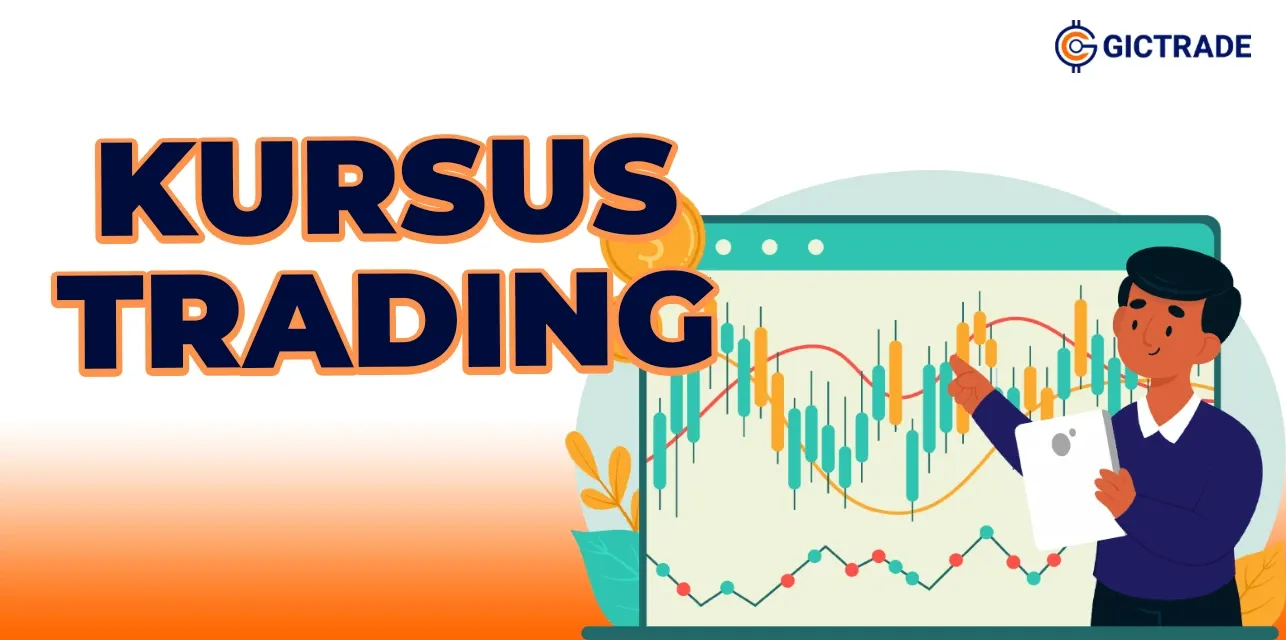In forex trading, chart patterns are often used by traders for technical analysis. These patterns generally show repetitive formations due to the psychological factors influencing market participants. Here are some chart patterns in technical analysis that you should know.
Symmetrical Triangles

A Symmetrical Triangle is formed when the highs progressively lower and the lows progressively rise. This happens because demand and supply are in balance, coupled with confusion, causing some traders to gradually exit the market. As a result, trading volume decreases, and the market flattens out.
At some point, the confusion turns into strong determination, which can lead to a breakout. Since a symmetrical triangle typically follows a trend, it is usually the traders who dominated earlier that cause the breakout.
Therefore, the direction after the symmetrical triangle forms usually follows the prior trend. The way to trade this pattern is by opening a position when the market breaks out of the triangle, especially when trading volume increases.
Ascending Triangles

An Ascending Triangle is characterized by a flat peak and rising lows. This indicates repeated attempts to break through a resistance line. These repeated attempts show strong enthusiasm to push the price higher.
The belief that the price will go higher is also recognized by traders who haven't entered the market yet. As more traders enter, the force to break the resistance line grows, and eventually, the resistance is breached. In trading, the strategy is to open a Buy position when the upper part of the triangle is broken.
Descending Triangles

A descending triangle is similar to an ascending triangle, but the enthusiasm is downward, forming lower highs. When the lower part of the triangle is broken, the market moves downward. To trade this pattern, open a Sell position when the lower part of the triangle is broken.
Head and Shoulders

The Head and Shoulders pattern indicates a weakening trend. For example, in an uptrend, after the head peak, the market typically corrects only to the level of the left shoulder's peak. However, in this case, the market corrects too deeply, almost aligning with the previous correction, which signals the beginning of downward momentum.
Next, the market rises again because some traders believe it is not yet time for a downturn. However, the effort to push the market higher fails to exceed the previous high, and the market reverses, breaking through previous support.
The breakout of support signals that the market is likely to decline, but the market often tests this by pulling back to the neckline to confirm whether the market will indeed continue to fall.
If the market cannot break the neckline, the next move will be a decline equal to the distance between the Head and the Shoulder. The trading strategy is to open a sell position when the market bounces downward from the neckline, with a profit target based on the distance between the Head and the Shoulder.
Wedges

A Wedge pattern, also known as "Baji" in Indonesian, is a pattern that indicates either correction or convergence. It resembles a symmetrical triangle but with a specific direction, either upward or downward.
- A Falling Wedge is characterized by a declining high and a declining low.
- A Rising Wedge is characterized by an increasing high and an increasing low.
- Falling wedges in an uptrend indicate a correction, with the next direction being upward.
- Falling wedges in a downtrend indicate convergence, with the next direction being upward.
- Rising wedges in an uptrend indicate convergence, with the next direction being downward.
- Rising wedges in a downtrend indicate a correction, with the next direction being downward.
In trading, the strategy is to open a position when the market breaks out of the wedge, with the direction following the criteria outlined above.
Flags and Pennants

Flags and Pennants, also known as Bendera and Panji in Indonesian, typically occur after a long price movement. Flags and Pennants can be considered a small correction or a consolidation phase before the price continues to move higher.
After the formation of Flags and Pennants, the market direction usually follows the previous long price movement, continuing the trend. Therefore, Flags and Pennants are considered continuation patterns. It is important to note that a flag "flies" on top of a pole.
In trading, the pole refers to the long price movement or trend that occurs before the formation of the flag or pennant. Typically, after the flag or pennant, the market will resume the previous long-term trend. In trading, the strategy is to open a position in the direction of the previous trend when the flag or pennant is broken.
Rectangles

Rectangles are continuation patterns. To trade this pattern, open a position when the market breaks out of the top or bottom boundary, accompanied by high volume.
Visit GIC Indonesia for more information about the world of trading. You can also join us in the Telegram Community GIC Trade and the Telegram Channel GIC Trade. Don't forget to check out GIC Indonesia's YouTube account full of useful information and follow our Instagram for details about various interesting webinars you can attend.
 Last:
Last: 







